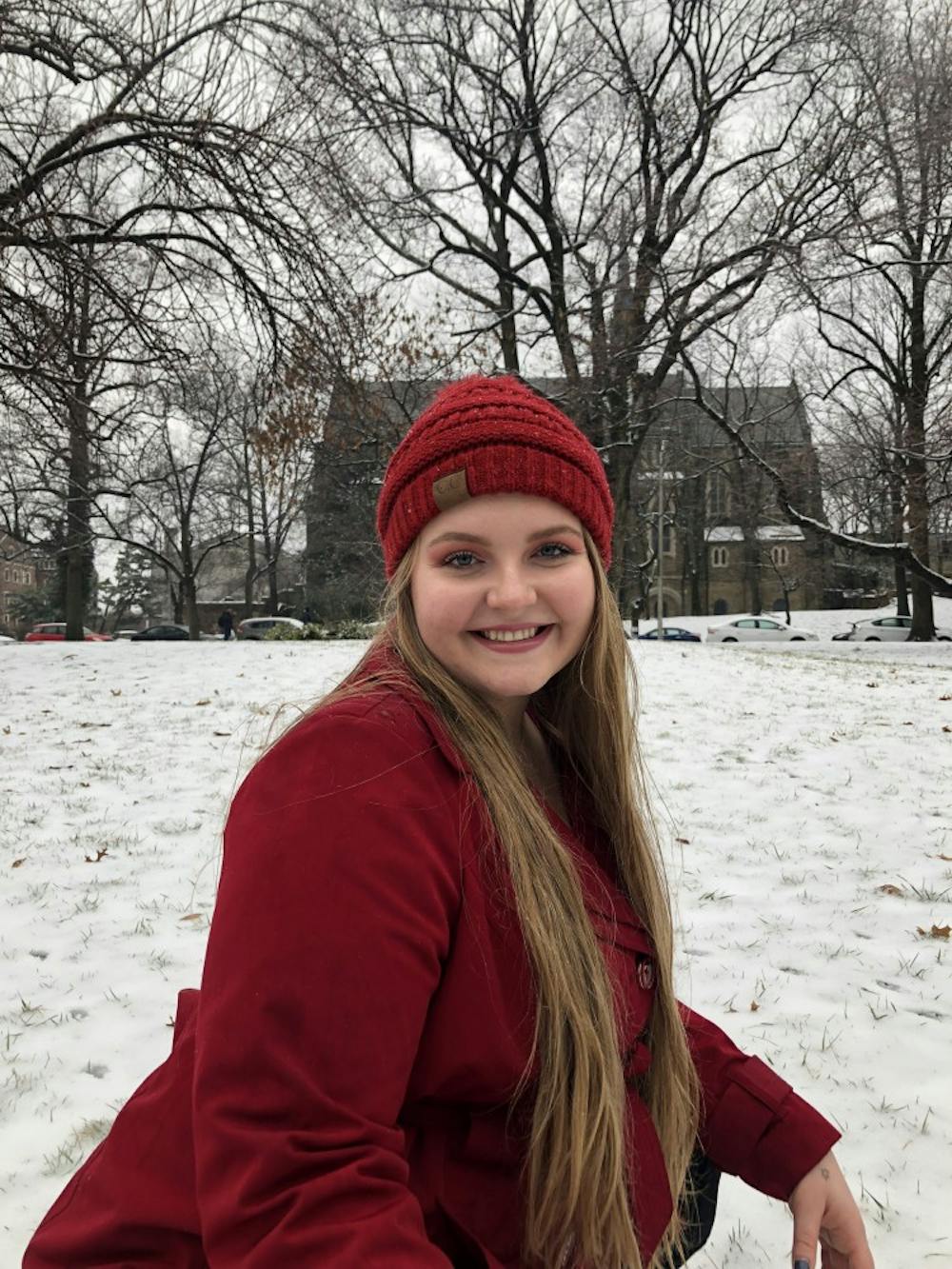I have always felt like I was stuck straddling two very different worlds: STEM and politics.
In high school, I took all of the math and science classes available to me, partly because I did well in them and enjoyed them and partly because I knew my parents would be thrilled with my employment prospects as a professional in a STEM field. Yet, I could not shake my fascination with government and the potential that public policy has to improve people’s lives.
Here at Hopkins, my primary major is International Studies, something that caused an older man in Levering Kitchens last year to ask me, “How will you eat?” Probably by having a job, buying groceries and cooking, thanks for asking.
I have long seen my niche as being at the intersection of science and policy; studying at Hopkins has allowed me to see the links and disconnects between these two areas.
Certain departments, like Public Health Studies and Sociology, offer classes which bridge the two divergent fields in order to highlight the importance of evidence in policy, and how bad policy hurts science.
Yet many students on campus identify as either falling into the category of STEM, social sciences or the humanities.
Of course, everyone has different interests and they should definitely study what they want to, but special attention should be paid to the overlap found within these areas.
Readers likely did not turn to the Science & Technology section of The News-Letter to learn about American politics.
But that perception, in and of itself, is what I hope to change with this column.
Scientific research and discovery is integral to good policymaking, because without evidence to explain the world around us, politicians would be left with just their beliefs and perceptions to guide lawmaking.
On the other hand, all scientists, engineers and mathematicians should pay attention to the political climate, as politicians in D.C. play a huge part in allocating funds for research and education.
As November 2020 approaches, it is increasingly important that students at Hopkins are informed about the candidates and what their victory might mean for the state of science in the U.S. because we are a majority STEM school, and that’s not likely to change anytime soon.
Even pre-med students, who have job security and a great salary awaiting them, have to pay attention to the 2020 elections because the structure of the entire American healthcare system is up for debate.
The first step in bridging the gap between science and politics is understanding the evidence; in this case, that means examining how public policy has influenced science in the past.
Once it is clear why STEM majors should pay attention to politics, I will focus on an extremely pressing event in the near future: the 2020 Presidential election.
No, I’m not going to tell you who to vote for (I’m from Minnesota if that sheds any light on my personal preference).
However, I will try my best to cover each presidential candidate with the least bias possible, in order to predict what science and technology might look like under their future administration.
Right now, our world faces many crises that only public policy rooted in empirical evidence and scientific proof can address, including climate change, health care and artificial intelligence. These issues do not only matter in America, but on a global level, so even if you cannot vote in the U.S., the 2020 election will affect you.
While nobody can ever be versed in every detail of any field, I intend to make it a bit more accessible for people to be informed on American politics, and why they should matter to everyone at Hopkins.
Buckle up, because it’s a long road to 2020 and I can almost guarantee that it will be bumpy.





